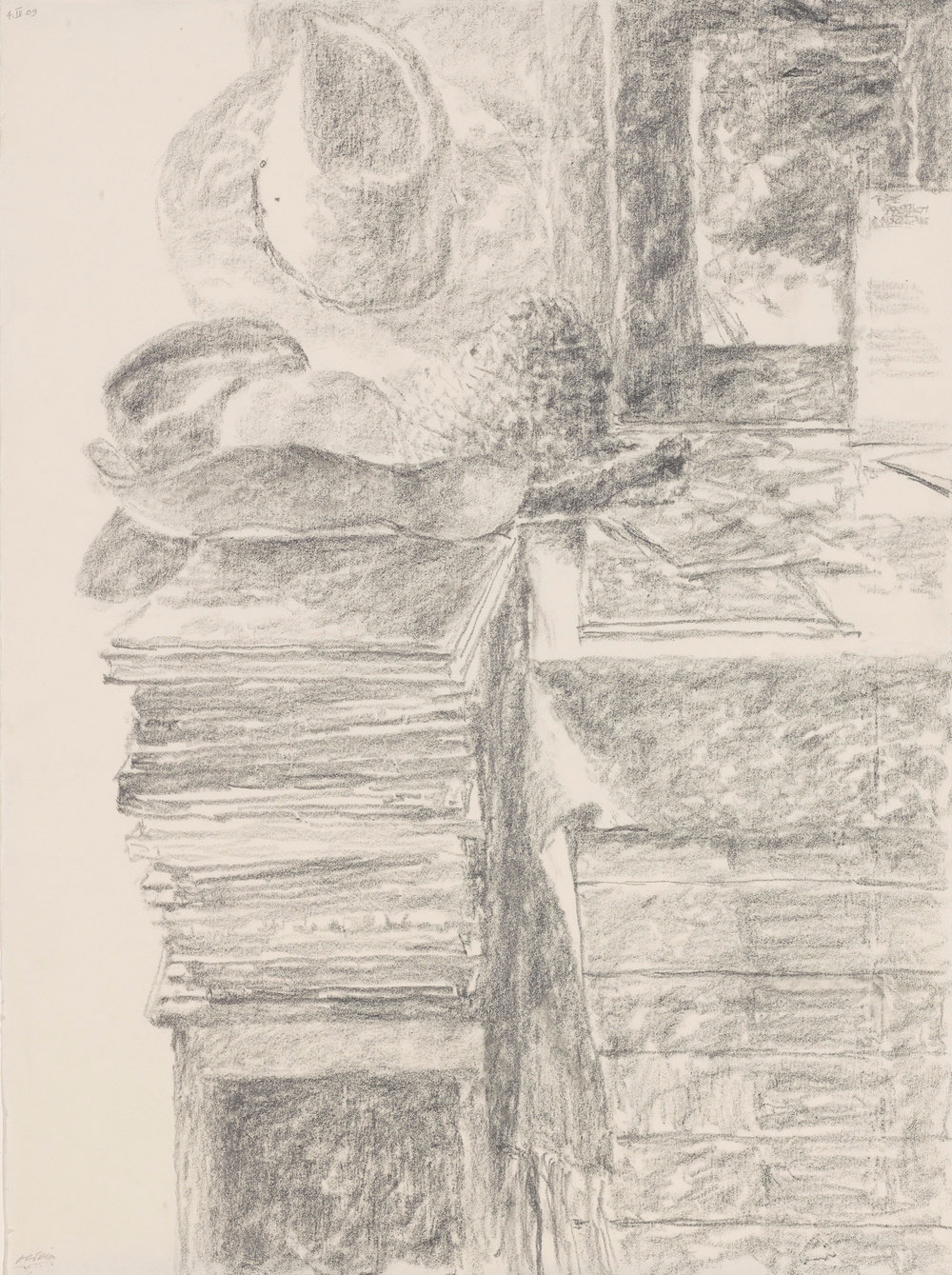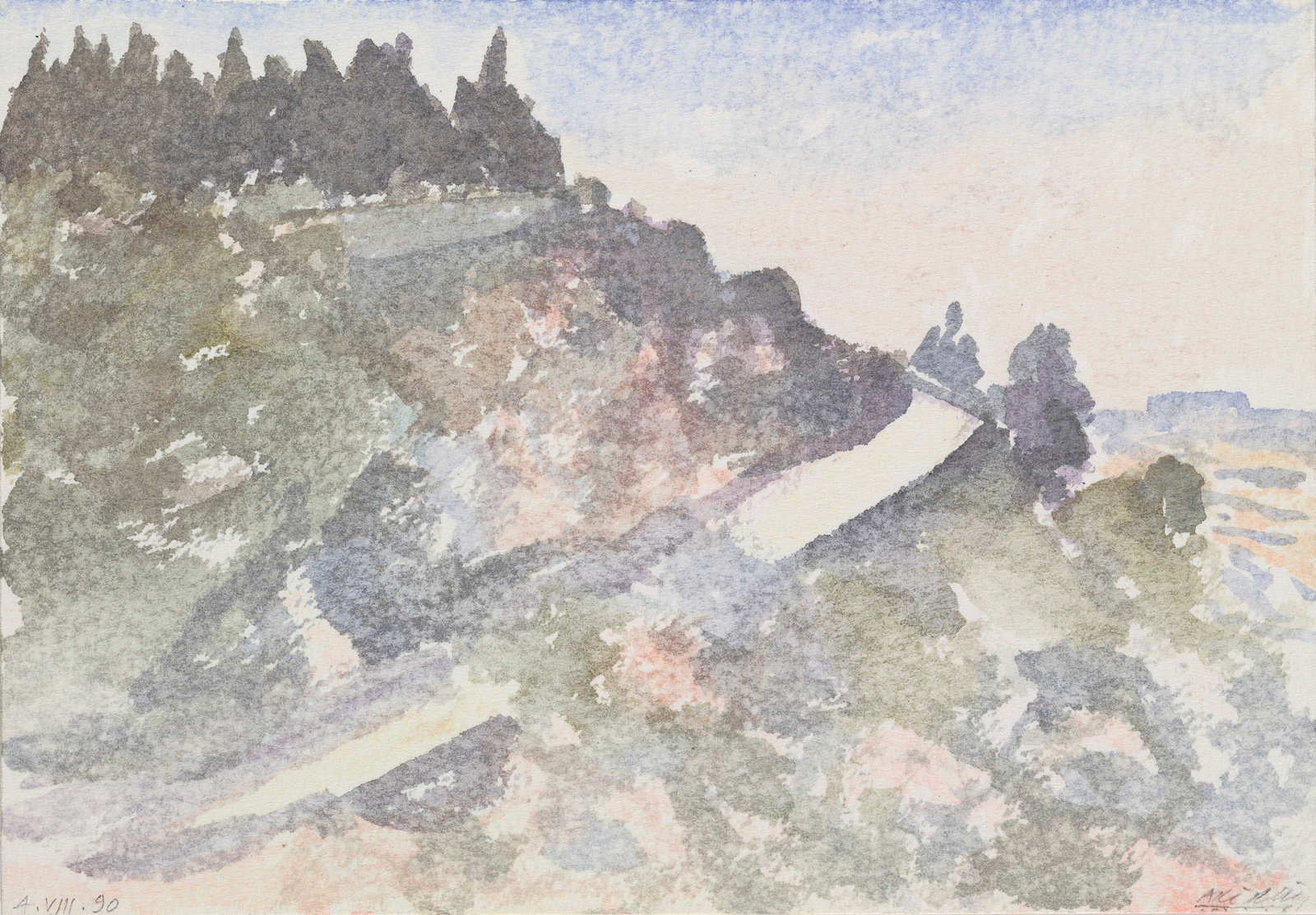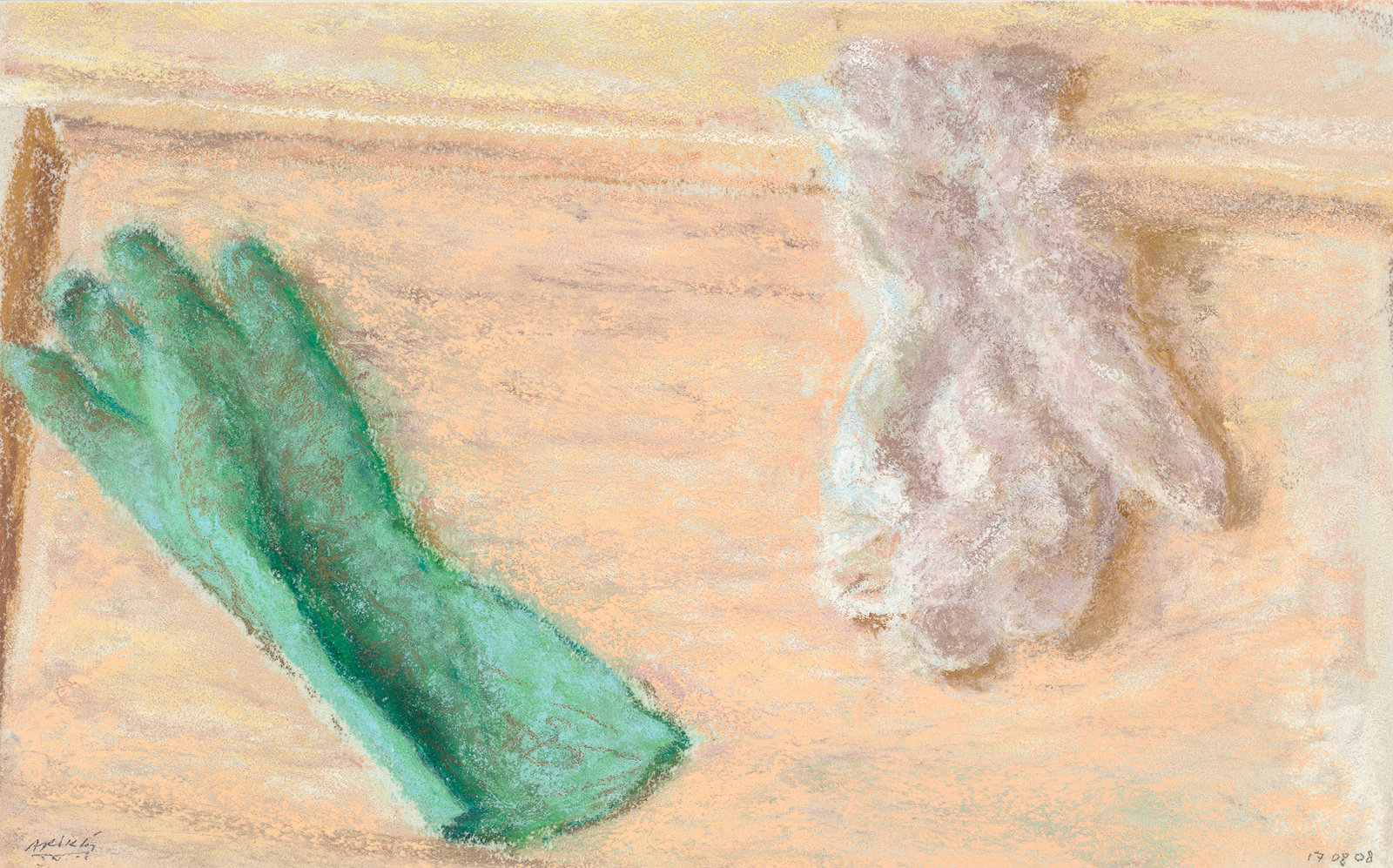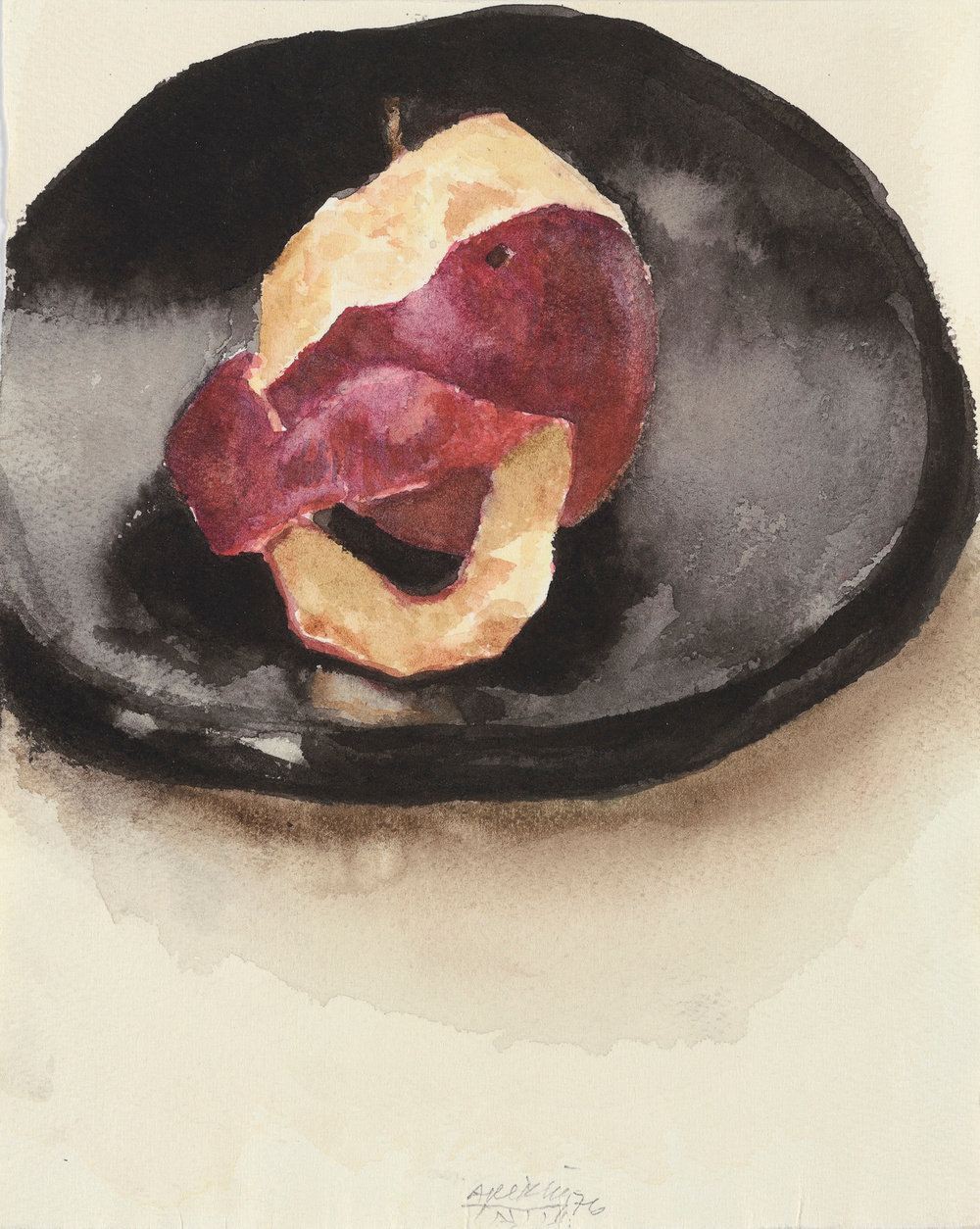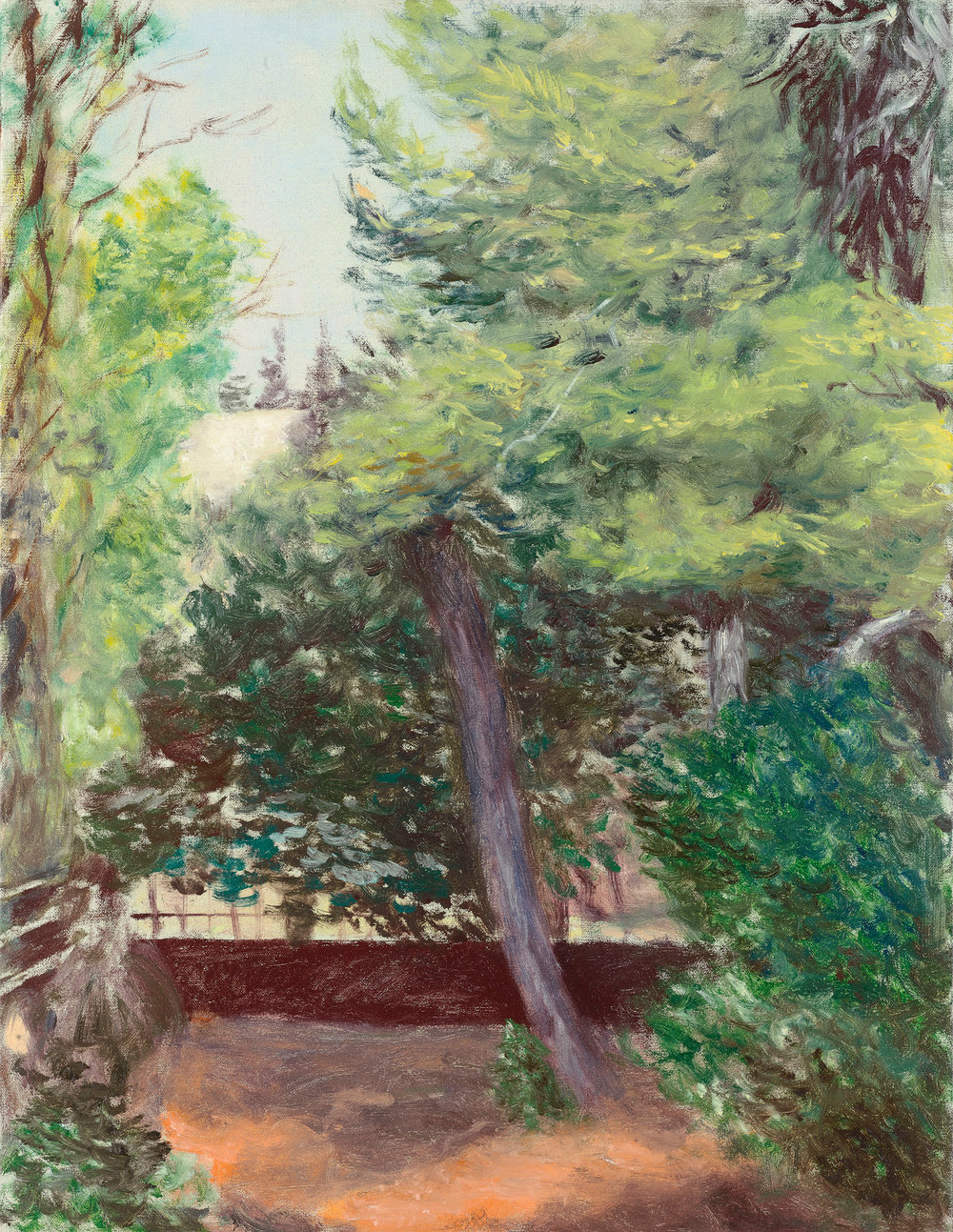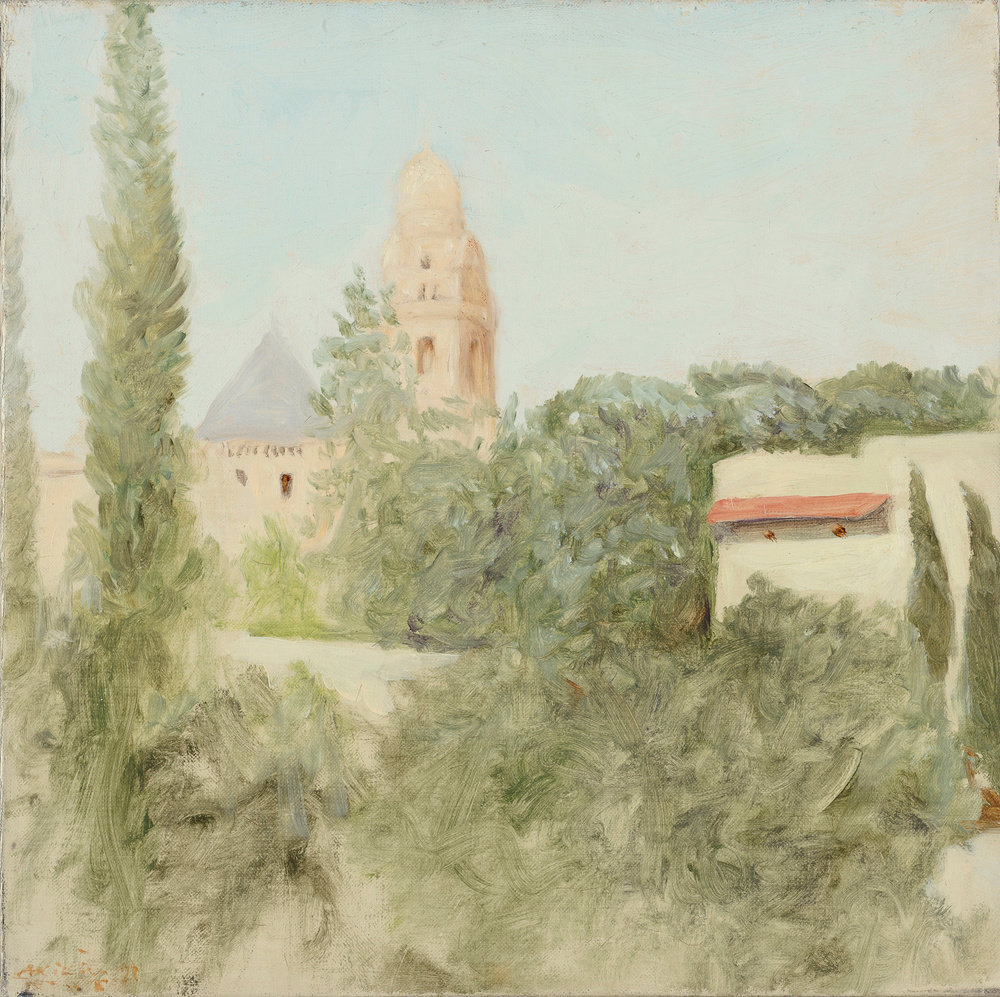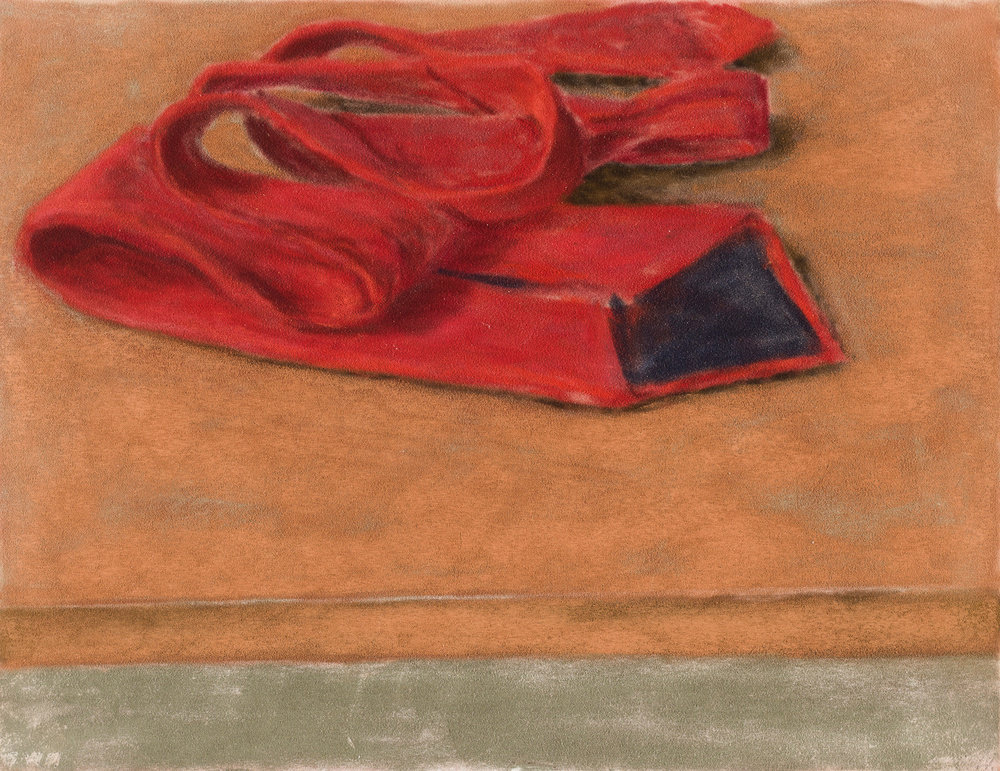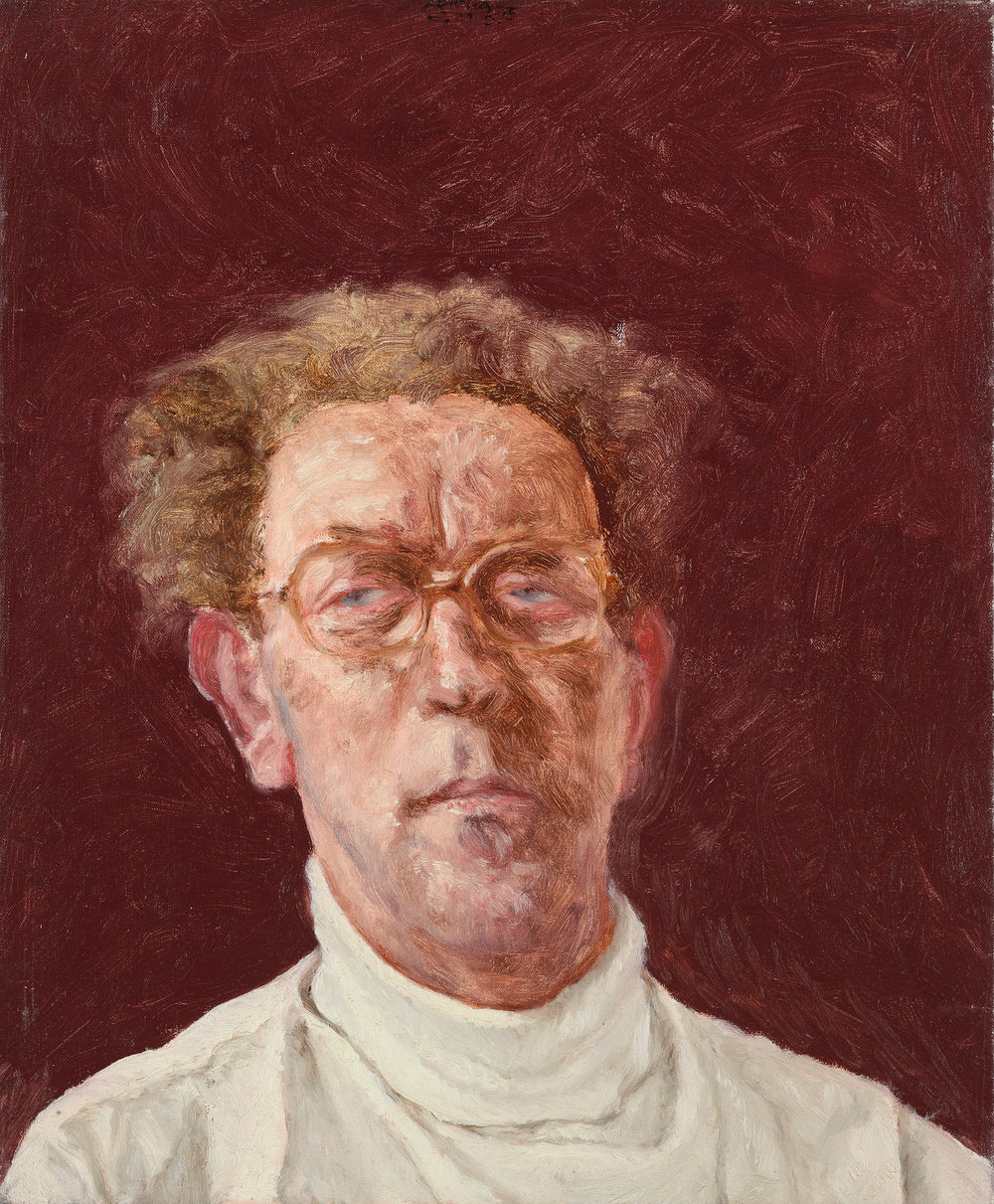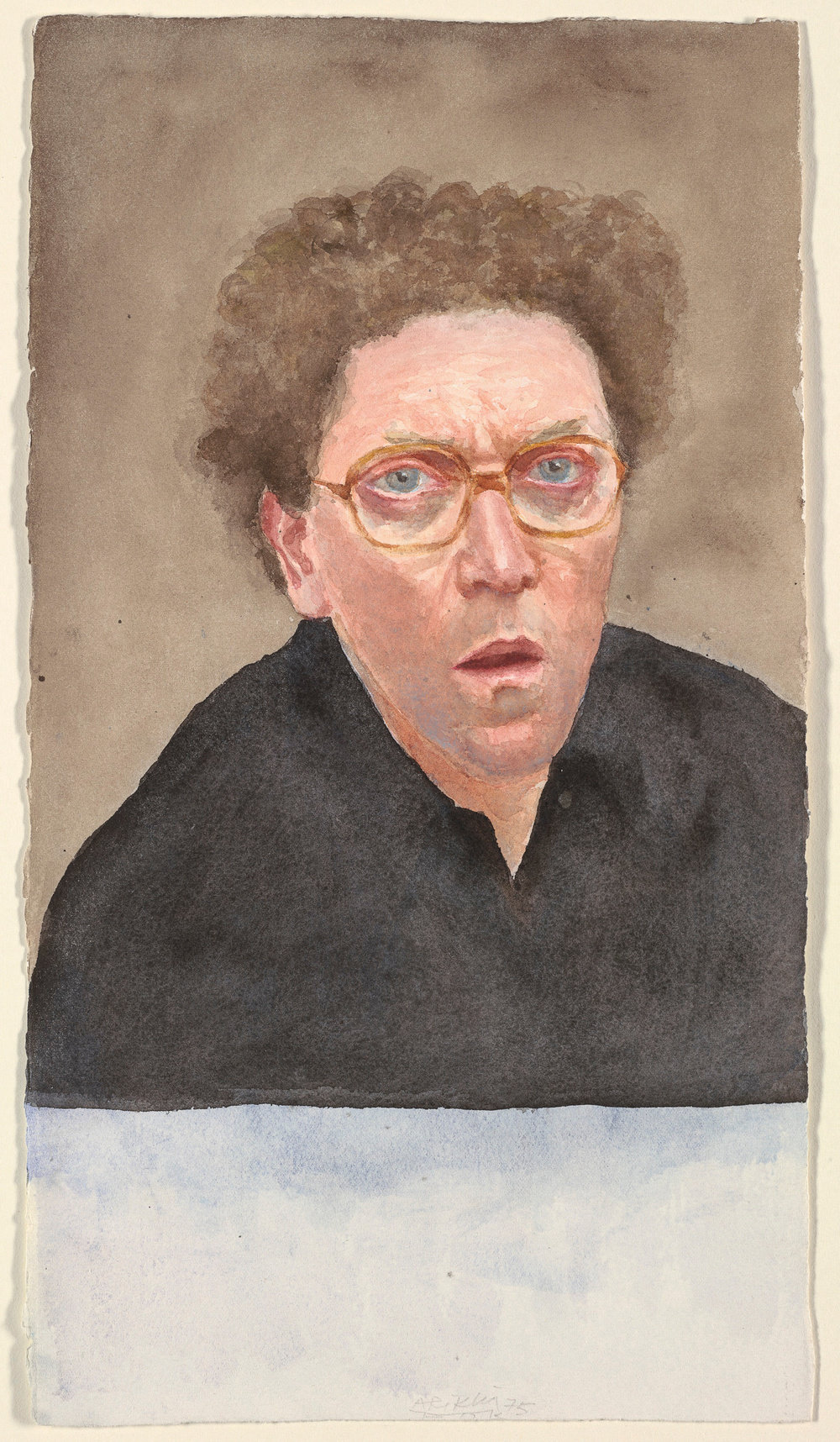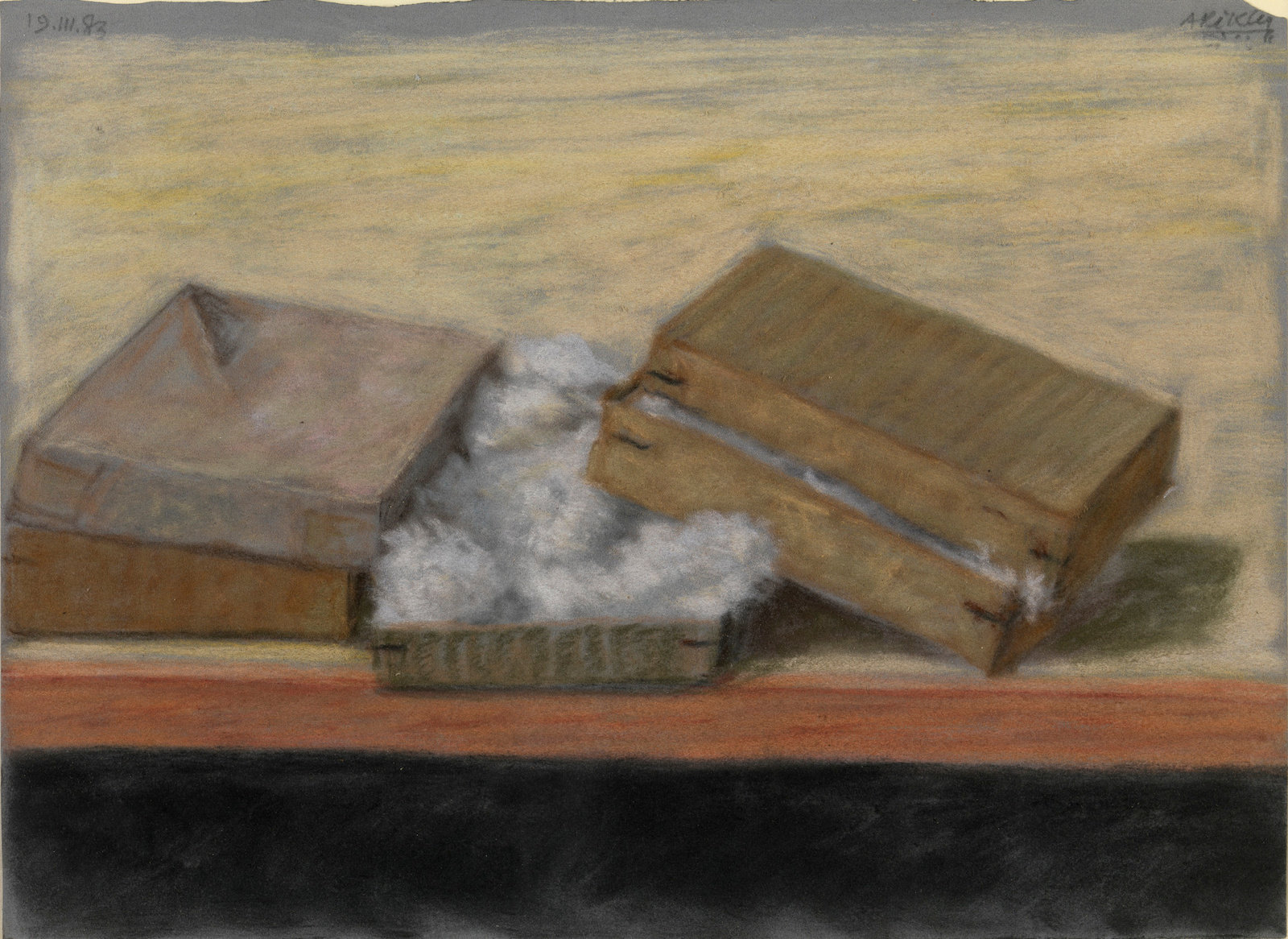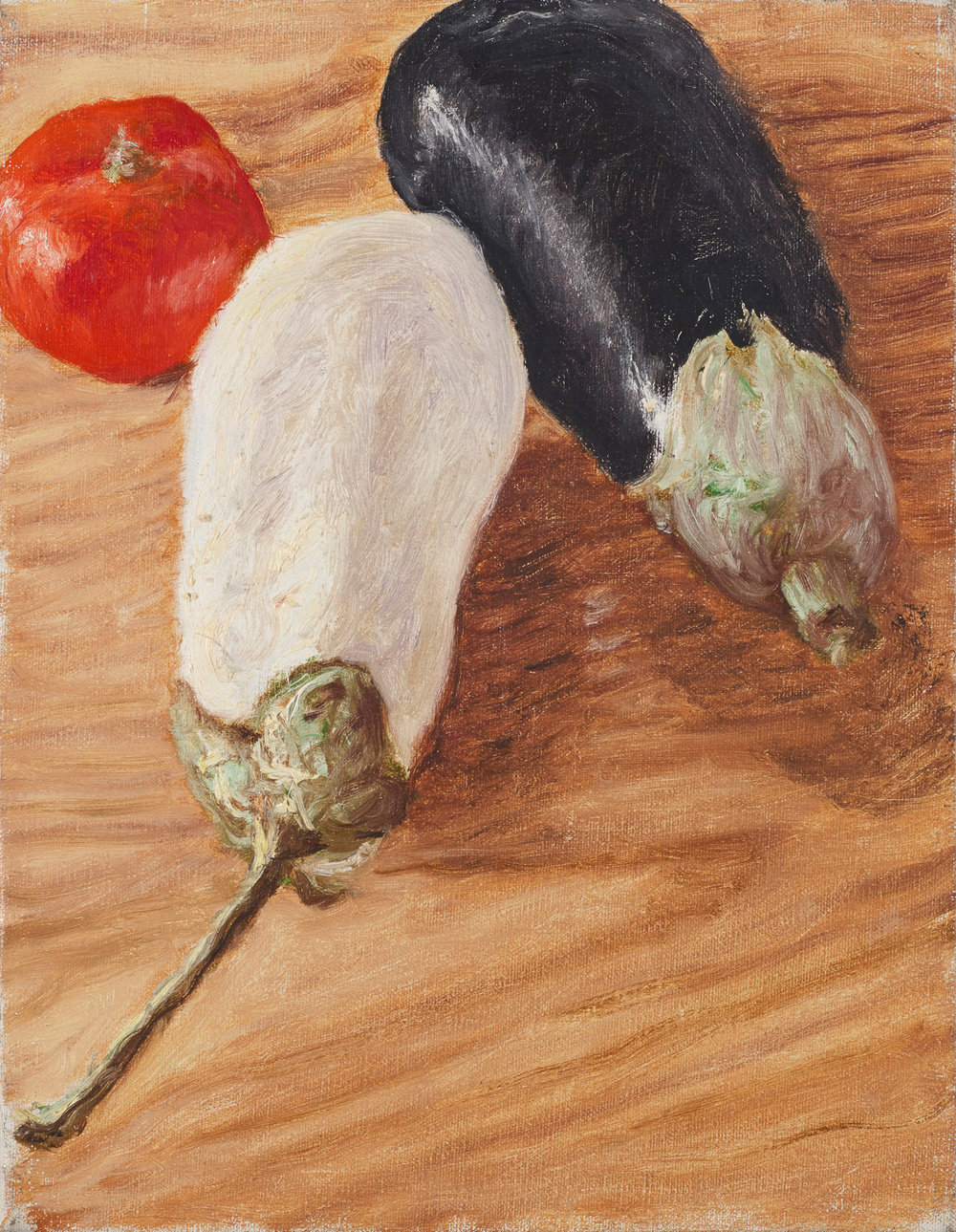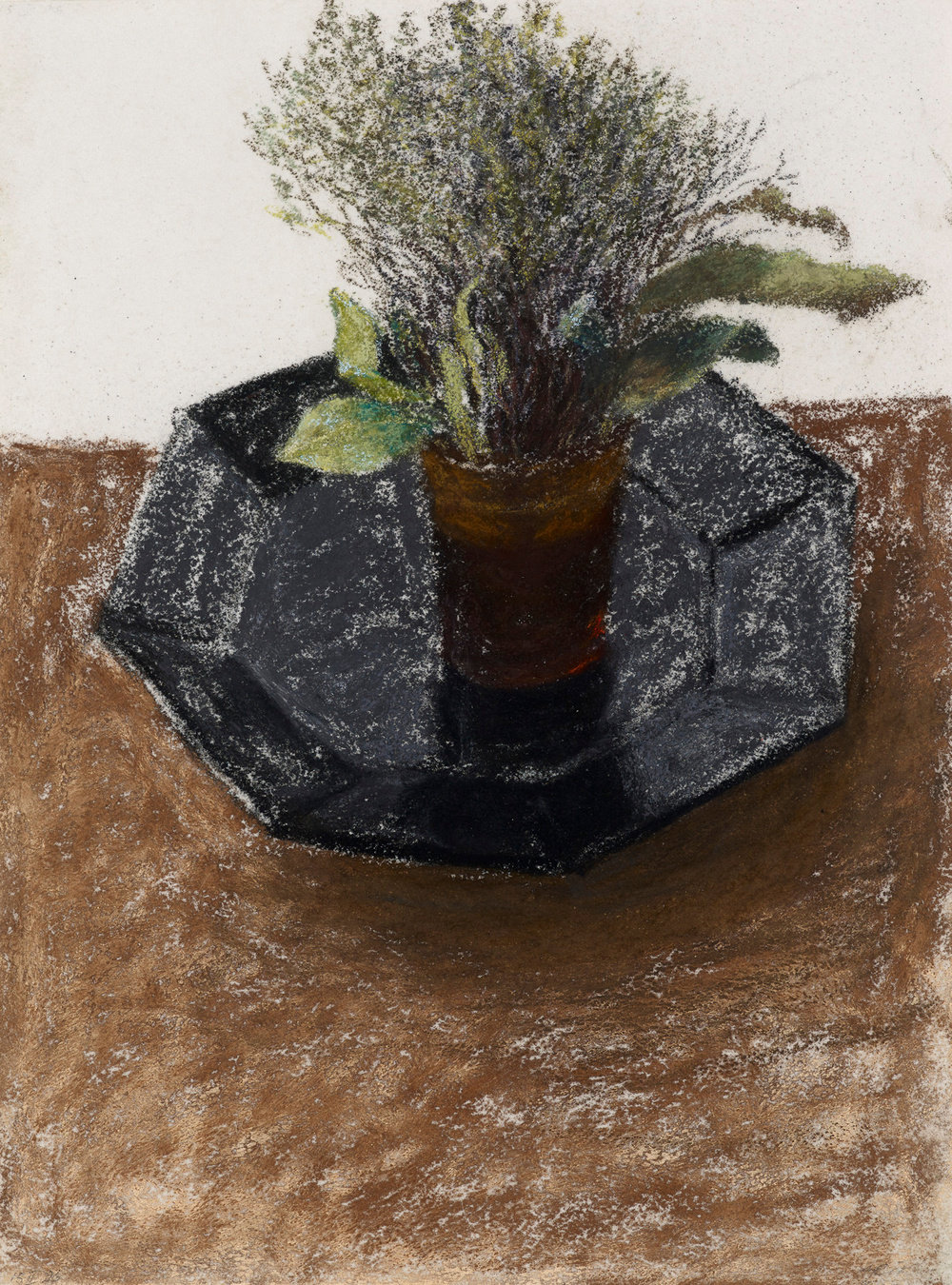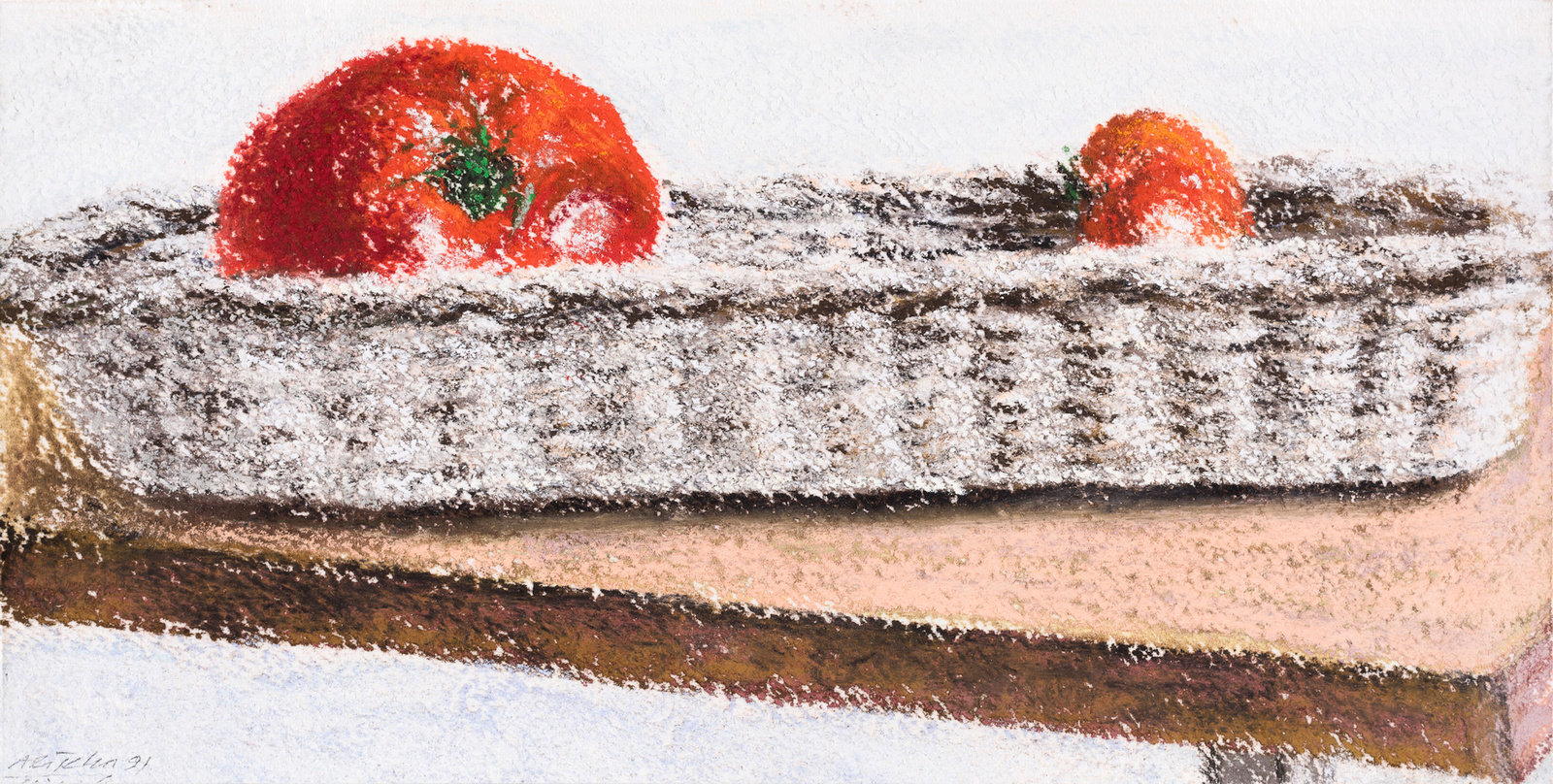Marlborough is pleased to announce an exhibition of works from the estate of Avigdor Arikha. The artist, who died in 2010, worked mostly in Paris and occasionally in Israel.
The exhibition will consist of approximately twenty works in oil, watercolor, pastel, and sumi ink and depict subjects for which the artist is well known: portraits, still lifes, landscapes, and nudes Regardless of the medium all Arikha's work . is remarkable for its subtlety, spontaneity, and tonal beauty. Arikha only worked in daylight and avidly insisted that not only his own works, but all works of art, be seen in natural light.
Whatever his subject, Arikha would finish the work in one sitting and this immediacy infused the work with vitality, freshness, and uncommon luminosity. Michael Kimmelman . writing in The New York Times said of Arikha's work, "Painting this refined and gorgeous is in short supply today and precious." In an article regarding Arikha's intensity of vision, Robert Hughes wrote in Time Magazine, "His motifs are not actors in a drama of pathetic fallacy, but resistant fragments of the world, the non-self. But what is gripping about his work is the intensity with which Arikha engages the world.... What makes the realist painting is not complete illusion, but intensity: and there is no intensity without rules, limits and artifice." Furthermore, Hughes went on to say that Arikha "has a surer sense of tone — the equivalent of natural pitch — than anyone painting today." Clement Greenburg once wrote that "Quality in art is the pressure of the artist's intention." What one sees in Marlborough's exhibition of Arikha's ravishing work is indeed not only intensity but the unwavering intention of which Greenberg spoke.
Arikha was born in 1929 in Bucovina, a province of the ex-Austro-Hungarian Empire. From 1941-1944 he endured life in Nazi labor concentration camps from which he was saved thanks in part to his drawings. He was brought to a kibbutz in Palestine in 1944. He received a Bauhaus type art education at the Bezalel School of Art in Jerusalem, fought in the war of Israeli independence in 1948, and was severely wounded. In 1949, he went to Paris with a scholarship to the Ecole des Beaux-Arts, and in the early 50s moved there permanently. During his lifetime he had more than twenty-five museum shows and over forty gallery shows. He received many awards and honors, among which are Chevalier de l'Ordre des Arts et Lettres, Chevalier de l'Ordre National de la Légion d'Honneur, Honorary Professeur, National Academy of Fine Arts of China, Hanchow and Doctor Philosphie, Honoris Causa, The Hebrew University Jerusalem. Among the many ppublic institutions where his work can be found are: The British Museum, London; Le Musée National d'Art Moderne, Paris; Centre Georges Pompidou, Paris; The Israeli Museum, Jerusalem' Scottish Gallery of Modern Art, Edinburgh; Los Angeles County Museum of Art; The Metropolitan Museum of Art, New York; the Hirshhorn Museum and Sculpture Garden, Washington DC; The Tate Gallery, London; Le Musée du Louvre, Paris.
A color catalogue will be available from the gallery at the time of the exhibition.
Works
